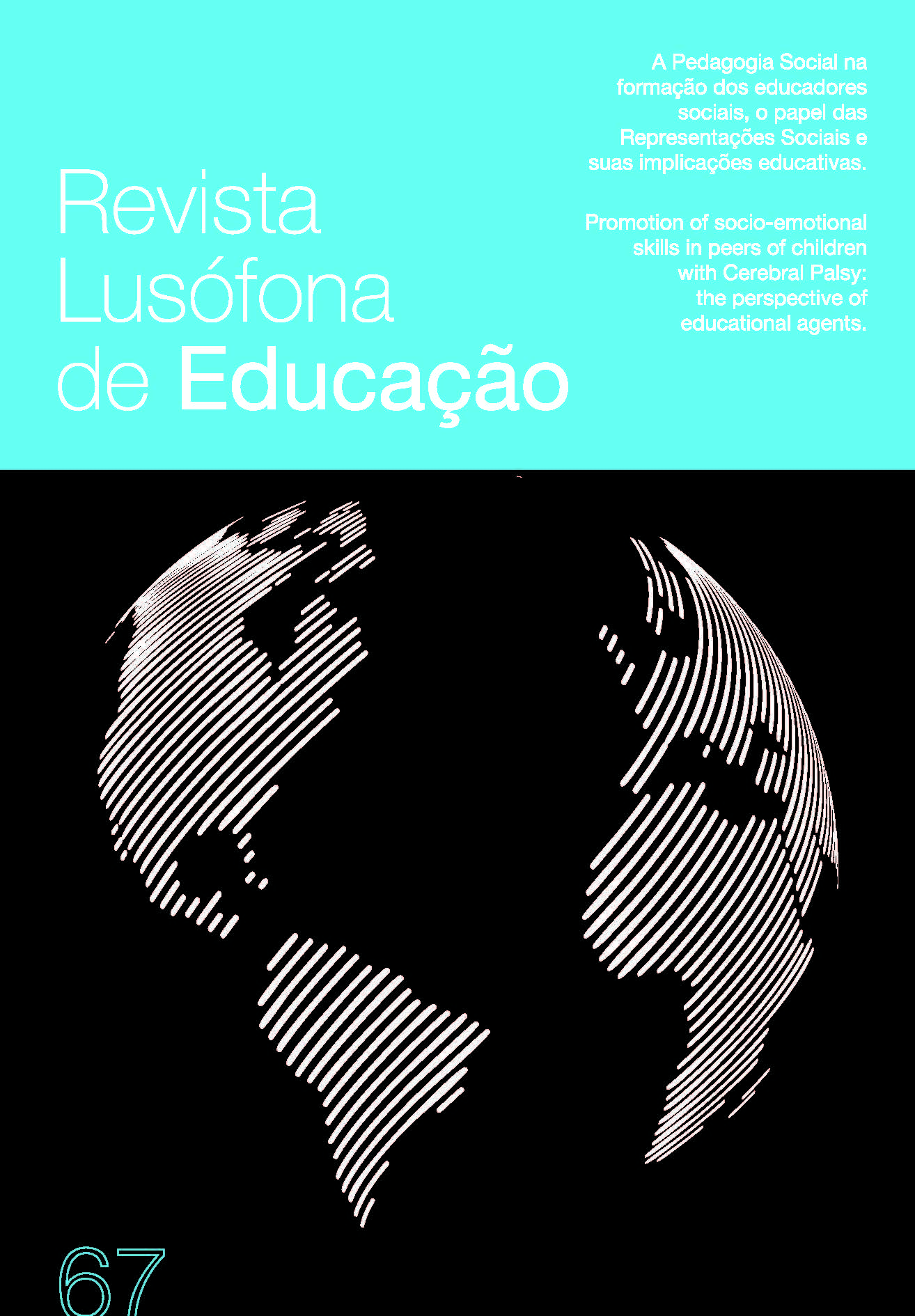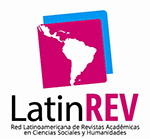An Intercultural Mathematical Education through Ethnomodelling
Abstract
A proposal for intercultural Mathematical Education aims to articulate different cultural contexts in the process of teaching and learning Mathematics. Based on the foundations of Ethnomodelling, this theoretical article proposes a reflection on this educational perspective. In this scenario, the concept of Ethnomodelling and ethnomodels is presented, highlighting their possible contributions to the development of an intercultural Mathematical Education. Understood as a theoretical-methodological construct, Ethnomodelling is configured as an innovative approach that interconnects the fields of Ethnomathematics and Mathematical Modelling. Through the development of ethnomodels, the aim is to promote dialogue between different systems of mathematical knowledge, favoring intercultural comparison.
Keywords: Ethnomathematics. Ethnomodels. Interculturality.
Downloads
Copyright (c) 2025 Revista Lusófona de Educação

This work is licensed under a Creative Commons Attribution 4.0 International License.
-
Authors retain copyright of their work, without any payment, and grant the journal the right of first publication. The work is simultaneously licensed under a Creative Commons Attribution 4.0 International License (CC BY 4.0), which allows others to share (copy and redistribute the material in any medium or format) and adapt (remix, transform, and build upon the material for any purpose, even commercially), provided that proper credit is given to the author(s) and the initial publication in RLE is acknowledged.
-
Authors are permitted to enter into separate, additional contractual arrangements for the non-exclusive distribution of the version of the work published in this journal (e.g., depositing it in an institutional repository or publishing it as a book chapter), provided that authorship and initial publication in RLE are acknowledged.
-
Authors are allowed and encouraged to post and disseminate their work online (e.g., in institutional repositories or on their personal websites), as this can increase the visibility and citation of the published work (see The Open Access Effect).








